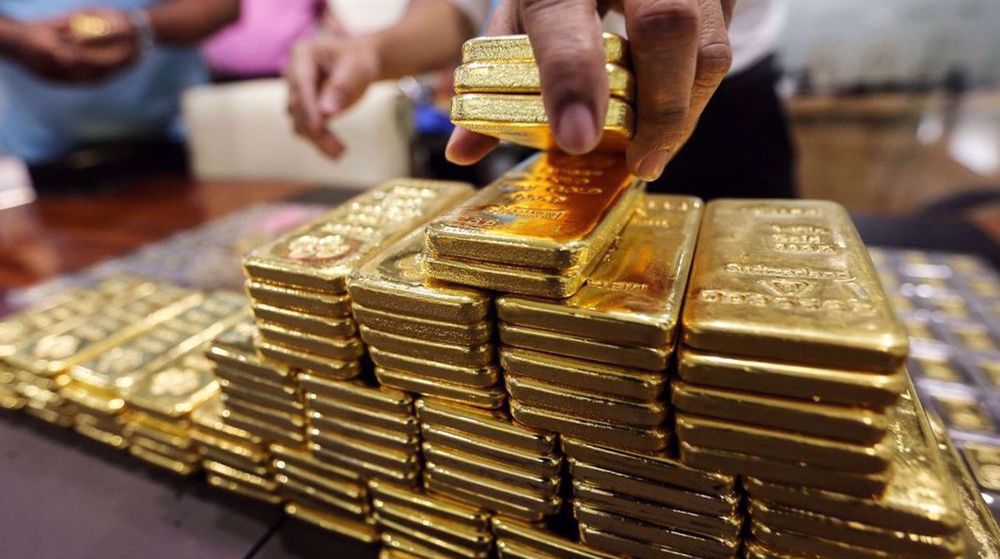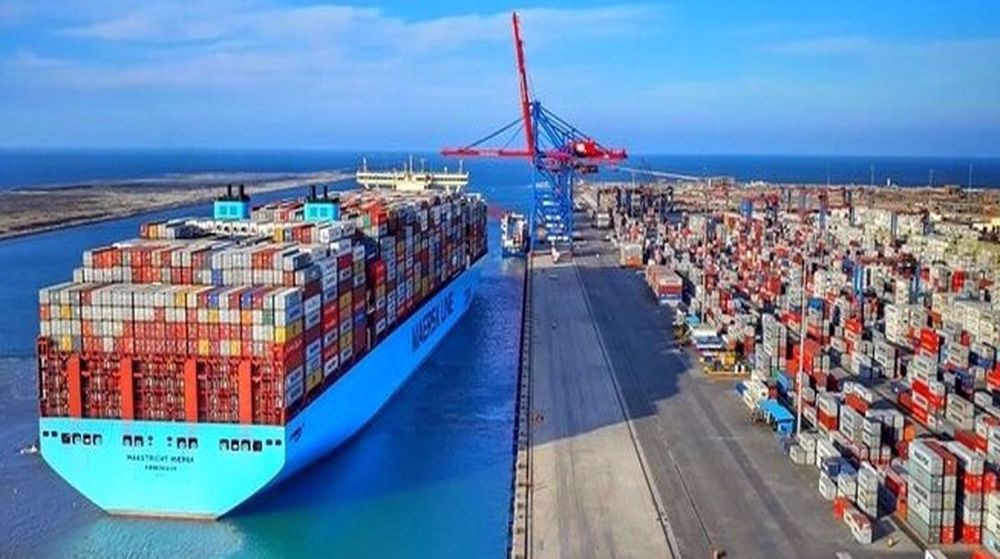Relative calm seen in Iran’s currency market
Serious signs have appeared in Iran that show the country’s volatile foreign currency market is already heading toward stability.
According to media reports, the US dollar was today traded at Rials 78,300 in Tehran indicating a decline of around 4 percent compared to last Wednesday’s figure of Rials 81,000. The greenback was nonetheless higher by 8 percent than what it was traded in the capital four weeks ago at Rials 72,500.
Several reasons have been cited for the relative calm in Iran’s currency market that plunged into crisis when the prices of the US dollar started to rise to well above Rials 80,000 in late June. They include a series of external political developments such as an announcement by the US that it might grant sanctions waivers to clients of Iran’s oil – what is believed to help keep the flow of hard currency into the Iranian economy.
Still, market activists have been quoted by media as saying that this week’s launch of a secondary currency market in Tehran was specifically instrumental.
Others maintain that the government’s authorization to exchange shops to resume trading currencies – that had been halted over the past few months when the US dollar surged to record highs – also contributed to the emerging calm in the market.
On Tuesday, officials said Iran’s secondary currency market – which the Central Bank of Iran (CBI devised to better control currency rates - had started to work.
CBI governor Valiollah Seif had earlier said the second currency market would enable “minor importers” to buy their required dollars from exporters of certain non-oil products.
Seif emphasized that the price of the dollar would be set according to the supply and demand balance in the market.
On July 1, the Iranian Rial plunged to a record low against the US dollar on the unofficial market.
The dollar was being offered for as much as Rials 87,000, compared to around Rials 75,500 only a few days prior.
In April, the Rial also plunged to its lowest level against the dollar in the free market.
This forced Iran’s police to shut down several currency exchange shops and arrest a number of money changers after what was seen as a serious turmoil in exchange rates.
They intervened after the plunge of the Rial which dropped to around 45,000 against the US dollar from 37,700 in mid-2017.
Commercial bankers at the time linked the Rial’s slide partly to seasonal demand for US dollars, which rises around the end of the Persian year (March 21) when many Iranians travel abroad.
However, some maintained that US President Donald Trump’s hostile rhetoric, including his threat to reinstate previous sanctions on Iran, had been effective in the deterioration of the Rial’s depreciation.
In May, Trump announced that he would pull America out of a 2015 nuclear agreement with Iran and re-impose the sanctions that the deal had envisaged to be lifted.
He has already emphasized that the sanctions which would be imposed on Iran would be “at the highest level”.
The sanctions would include a universal ban on Iran over buying or acquiring US dollars as well as restrictions over purchases of crude oil from the country and investing in its oil sector projects.
Jan. 15: ‘Axis of Resistance’ operations against Israeli occupation
VIDEO | US fires: Criticism mounts over govt. failure to respond
VIDEO | Fears, hope in Gaza amid intensified ceasefire efforts
VIDEO | Press TV's news headlines
Hamas: Ceasefire agreement result of steadfastness, resistance in Gaza over 15 months
Hamas thanks Iran, Resistance Front following achievement of ceasefire in Gaza
'Capitulation': Israeli officials and media concede Gaza defeat as truce unfolds
'Gaza has won': Social media users react to ceasefire with mix of relief, joy










 This makes it easy to access the Press TV website
This makes it easy to access the Press TV website